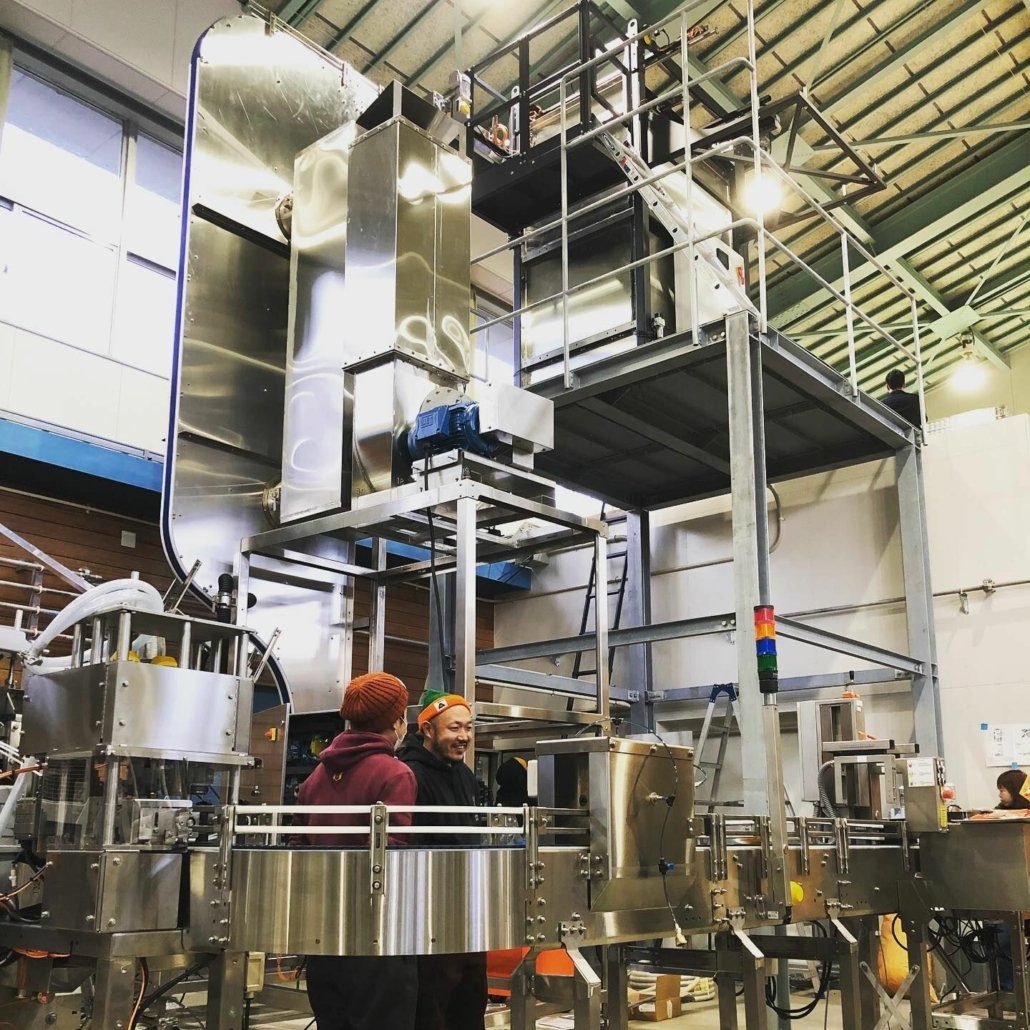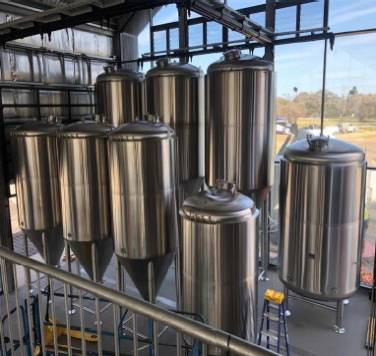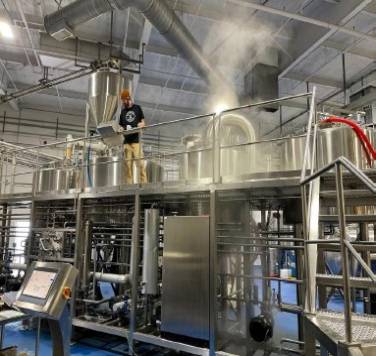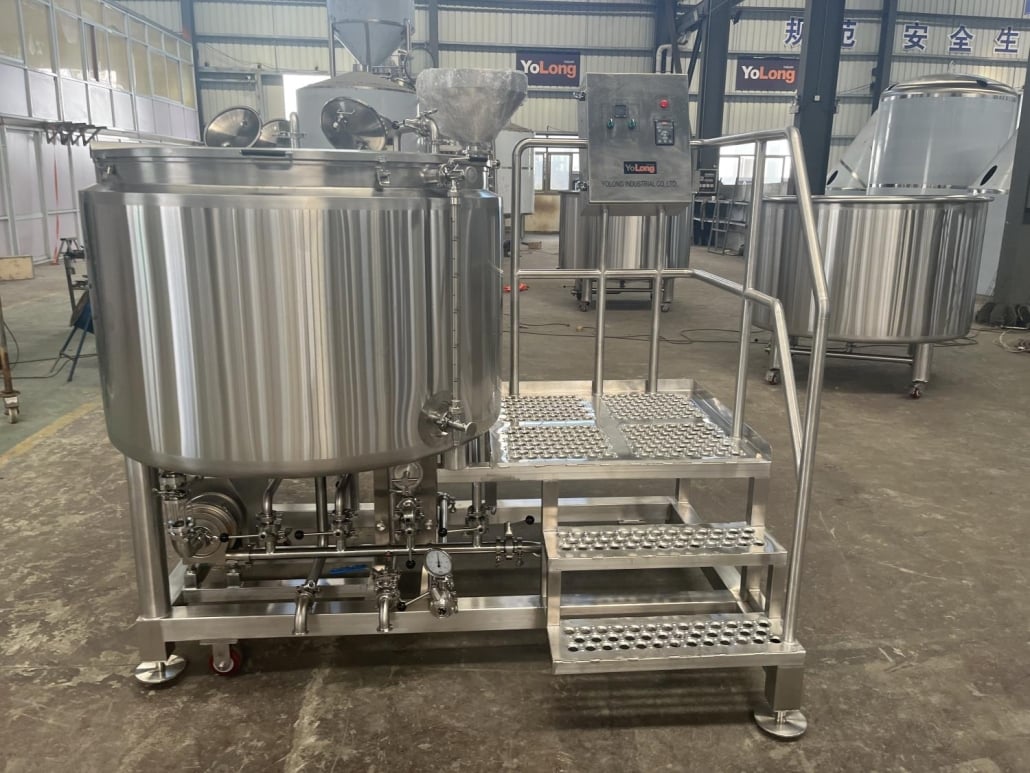Craft Fermenters
Overview of Craft Fermenters
Craft fermenters are specialized vessels designed to manage the fermentation process in beer brewing. They’re where yeast transforms sugars into alcohol and carbon dioxide, a magical process that gives beer its characteristic taste and aroma. Craft fermenters come in various shapes, sizes, and materials, each suited to specific brewing needs. But what makes a good craft fermenter? And why are they so essential?
A craft fermenter allows brewers to maintain optimal fermentation conditions, including temperature, oxygen levels, and cleanliness. From stainless steel conical fermenters to glass carboys, there’s an option for every scale and budget. Choosing the right one can significantly impact your brew quality, so let’s explore this fascinating world in greater detail.

Troubleshooting Common Issues with Craft Fermenters
Every brewer encounters hiccups in their journey. Here are common issues with craft fermenters and how to tackle them:
1. Contamination Woes
Contamination is every brewer’s nightmare. If your brew develops off-flavors or smells funky, your fermenter might not be sanitized properly. Always clean your fermenter thoroughly before and after each use with a brewer-specific cleaner. Pay special attention to seals, valves, and fittings where bacteria love to hide.
2. Temperature Fluctuations
Yeast is picky about temperature. Too hot, and it’ll create unwanted esters; too cold, and fermentation might stall. Use a fermenter with temperature control features or pair it with external equipment like glycol chillers or fermentation chambers.
3. Airlock and Blowoff Problems
A clogged airlock or blowoff tube can cause pressure to build up, potentially damaging your fermenter or spilling your precious brew. Regularly check these components during active fermentation and keep them clear of foam and krausen.
4. Stalled Fermentation
If your fermentation isn’t progressing, it might be due to stressed or dead yeast. Check the wort’s starting gravity and monitor its progress. If it’s not moving, try pitching fresh yeast or adjusting temperature.
The Brewing Process: How Craft Fermenters Shine
The brewing process is a symphony of steps, and the craft fermenter plays the lead role in fermentation. Here’s how it works:
- Preparation of Wort The brewing process begins by boiling malted barley, hops, and water to create wort. Once boiled, the wort is cooled and transferred to the fermenter.
- Pitching the Yeast Yeast is added to the cooled wort in the fermenter. The magic begins here, as yeast consumes sugars and produces alcohol, carbon dioxide, and flavor compounds.
- Active Fermentation Over several days, fermentation kicks off. Temperature and oxygen levels need to be controlled, and the fermenter’s design ensures yeast stays in contact with the wort for optimal results.
- Secondary Fermentation (Optional) Some brewers transfer their beer to a secondary fermenter for conditioning, clarifying, or adding flavors like fruit or spices.
- Packaging Once fermentation is complete, the beer is transferred out of the fermenter for bottling or kegging.
Comparison of Fermenter Features
| Feature | Capacity | Material | Design | Customization |
|---|---|---|---|---|
| Homebrew Fermenters | 1 to 15 gallons | Glass, Plastic | Basic | Limited |
| Commercial Fermenters | 1 to 100+ barrels | Stainless Steel | Conical, Jacketed | Extensive |
| Hybrid Fermenters | 5 to 50 gallons | Plastic & Stainless | Advanced | Moderate |






Suppliers and Price Ranges for Craft Fermenters
| Supplier | Price Range | Special Features |
|---|---|---|
| SS Brewtech | $300 – $10,000+ | Premium stainless steel designs |
| Blichmann Engineering | $500 – $8,000+ | Innovative temperature control |
| Grainfather | $400 – $1,500 | Compact systems for homebrewers |
Installation, Operation, and Maintenance
| Aspect | Details |
|---|---|
| Installation | Position on level ground; ensure access to power and water if required. |
| Operation | Monitor temperature, pressure, and sanitation. |
| Maintenance | Clean thoroughly after each use; inspect seals, valves, and components. |
Choosing the Right Craft Fermenter
| Criteria | Details |
|---|---|
| Capacity | Match fermenter size to brewing volume. |
| Material | Stainless steel for durability; glass for visibility. |
| Temperature Control | Look for built-in systems or compatibility with external devices. |
| Budget | Determine how much you’re willing to invest upfront. |

Pros and Cons of Different Fermenters
| Type | Advantages | Limitations |
|---|---|---|
| Stainless Steel | Durable, easy to clean, professional look | Higher cost |
| Glass | Inert, no flavor impact, visible process | Fragile, heavier |
| Plastic | Lightweight, affordable | Prone to scratches, may retain odors |
FAQs
| Question | Answer |
|---|---|
| What size fermenter should I choose? | Pick one slightly larger than your brew volume to prevent overflow. |
| How do I clean a fermenter? | Use a brewery-grade cleaner and avoid abrasive tools to prevent damage. |
| Can I ferment different styles in the same one? | Yes, but clean thoroughly between uses to avoid flavor contamination. |
| How long does fermentation take? | Typically 1-2 weeks, but it varies by beer style and yeast strain. |
Share this entry
Interested in learning more about Brewing Systems including additional details and pricing information? Please use the form below to contact us!
YOLONG BREWERY EQUIPMENT FAQS
- Commercial Brewery / Craft Brewery / Microbrewery / Nanobrewery
- What is The Difference Between Craft Beer and Industrial Beer?
- The Bespoke Differences In Custom Brewing Systems
- Everything You Need to Know About Kettle Souring
- How to Choose Brewing Equipment for Your business?
- How To Choose The-Best Partner To Build Your Commercial Microbrewing System?
- Two Detection Sensors That You Need To Use In Your Brewhouse System
- Remote Control Applications in Brewing Equipment/How does it work?
- How To Clean Your Brand New Brewery Tanks?

